A new kind of neutrino that’s abundant in life on Earth could explain a major anomaly in particle physics—and help us find dark matter.
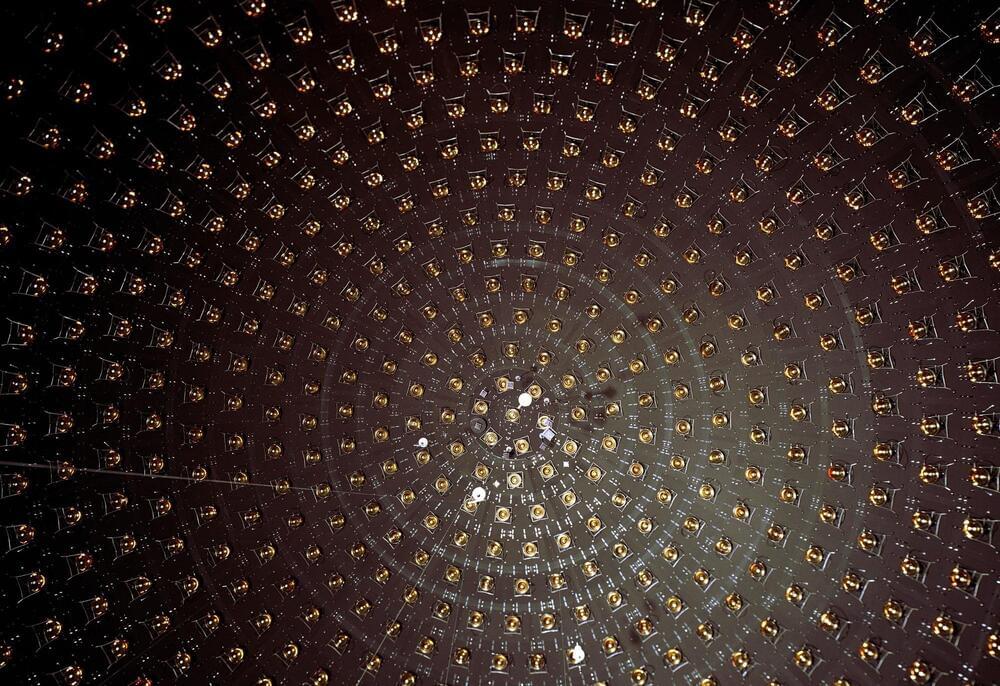

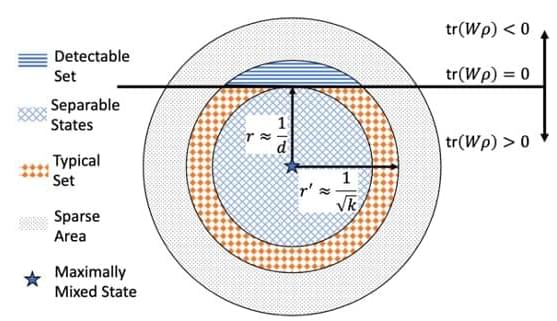
Quantum entanglement is a process through which two particles become entangled and remain connected over time, even when separated by large distances. Detecting this phenomenon is of crucial importance for both the development of quantum technology and the study of quantum many-body physics.
Researchers at Tsinghua have recently carried out a study exploring the possible reasons why the reliable and efficient detection of entanglement in complex and “noisy” systems has often proved to be very challenging. Their findings, published in Physical Review Letters, hint at the existence of a trade-off between the effectiveness and efficiency of entanglement detection methods.
“Over 20 years ago, researchers discovered that most quantum states are entangled,” Xiongfeng Ma, one of the researchers who carried out the study, told Phys.org.
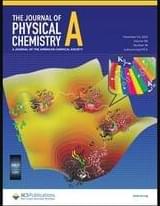
The cloud condensation nuclei activation of sea spray aerosol (SSA) is tightly linked to the hygroscopic properties of these particles and is defined by their physical and chemical properties. While hygroscopic sea salt in SSA strongly influences particle water uptake, the marine-derived components that make up the organic fraction of SSA constitute a complex mixture, and their effect on hygroscopic growth is unknown. To constrain the effect of organic compounds and specifically surface-active compounds that adsorb on particle interfaces, particle hygroscopic growth studies were performed on laboratory-generated model sea salt/sugar particles. For sea salt/glucose particles, ionic surfactants facilitated water uptake at low relative humidity (RH), increasing the particle growth factor (GF) by up to 7.61%, and caused a reduction in the deliquescence relative humidity (DRH), while nonionic surfactants had a minimal effect. Replacing glucose with polysaccharide laminarin in sea salt/sugar/surfactant particles caused a reduction in GF at low RHs and minimized the effect of ionic surfactants on the DRH. At RHs above the DRH, the addition of anionic or nonionic surfactants caused a decrease in GF for both sea salt/glucose and sea salt/laminarin particles. The addition of cationic surfactants, however, did not have a dampening effect on water uptake of sea salt/sugar particles and even showed a GF increase of up to 3.7% at 90% RH. An increase in the complexity of the sugar dampens the water uptake for particles containing nonionic surfactants but increases the water uptake for cationic surfactants. The cloud activation potential for 100 nm particles analyzed in this study is higher for ionic surfactants and decreases with an increase in surfactant molecular size when particle interfacial tension is considered. The surfactant effect on the hygroscopic growth and cloud activation potential of the particles containing sea salt/sugar is dependent on the surfactant ionicity and molecular size, the particle size and interfacial tension, and the interactions between inorganic salt and organic species under different RH conditions.
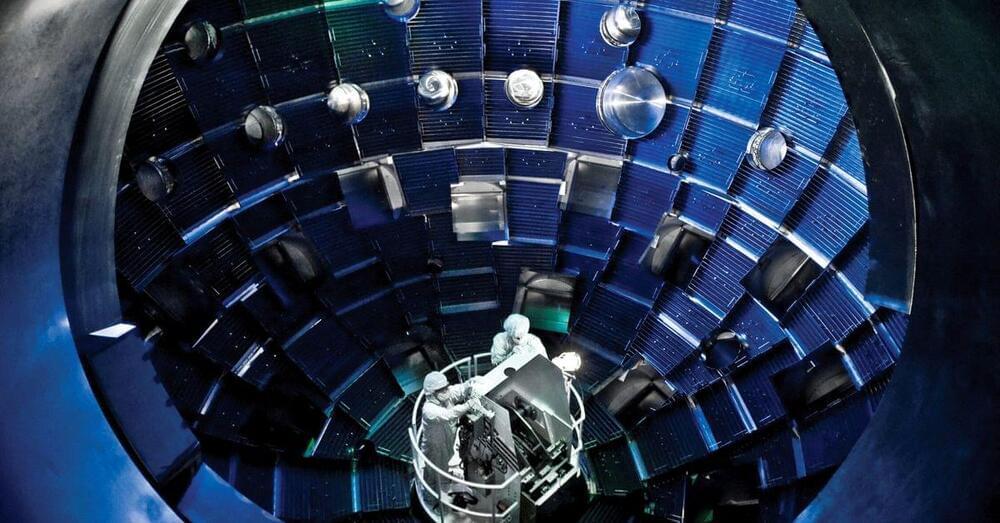
Fusion News overblown.
NEW YORK, Dec 13 (Reuters Breakingviews) — A fusion breakthrough unveiled on Tuesday by the U.S. Department of Energy is a scientific tour de force, and a commercial irrelevancy.
It’s a notable feat that researchers produced more energy from fusing atoms together than they used to start the process. The development has been an elusive goal since the 1930s, promising essentially limitless power from cheap hydrogen found in seawater. One gram of hydrogen theoretically contains as much energy as burning about 10 tons of coal.
To be put into practical use, however, the process needs to be scaled up immensely. That probably will take years, if not decades. And even then, there’s a problem that undermines some of the breathless exuberance over the news.

Scientists have shown how three vortices can be linked in a way that prevents them from being dismantled. The structure of the links resembles a pattern used by Vikings and other ancient cultures, although this study focused on vortices in a special form of matter known as a Bose-Einstein condensate. The findings have implications for quantum computing, particle physics and other fields.
The study is published in the journal Communications Physics.
Postdoctoral researcher Toni Annala uses strings and water vortices to explain the phenomenon: “If you make a link structure out of, say, three unbroken strings in a circle, you can’t unravel it because the string can’t go through another string. If, on the other hand, the same circular structure is made in water, the water vortices can collide and merge if they are not protected.”
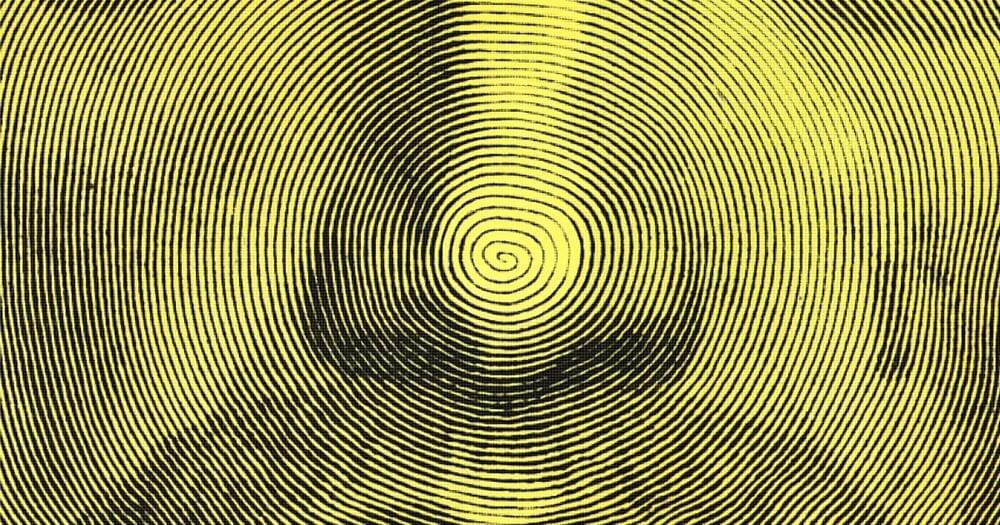
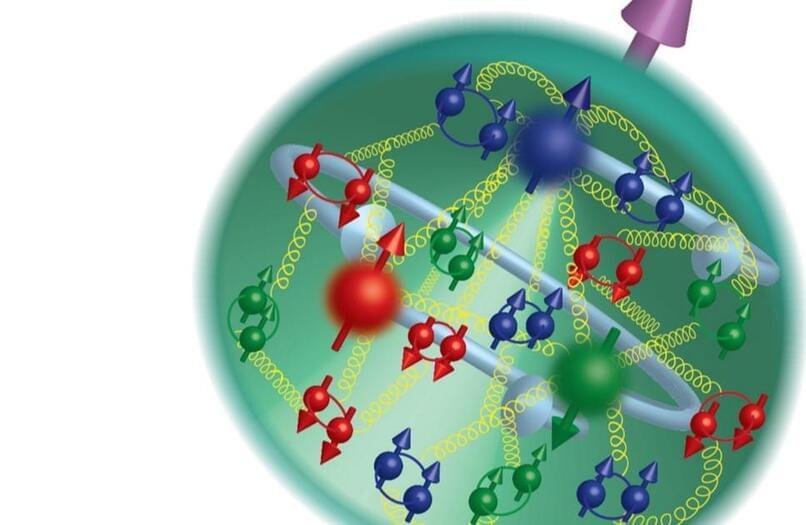
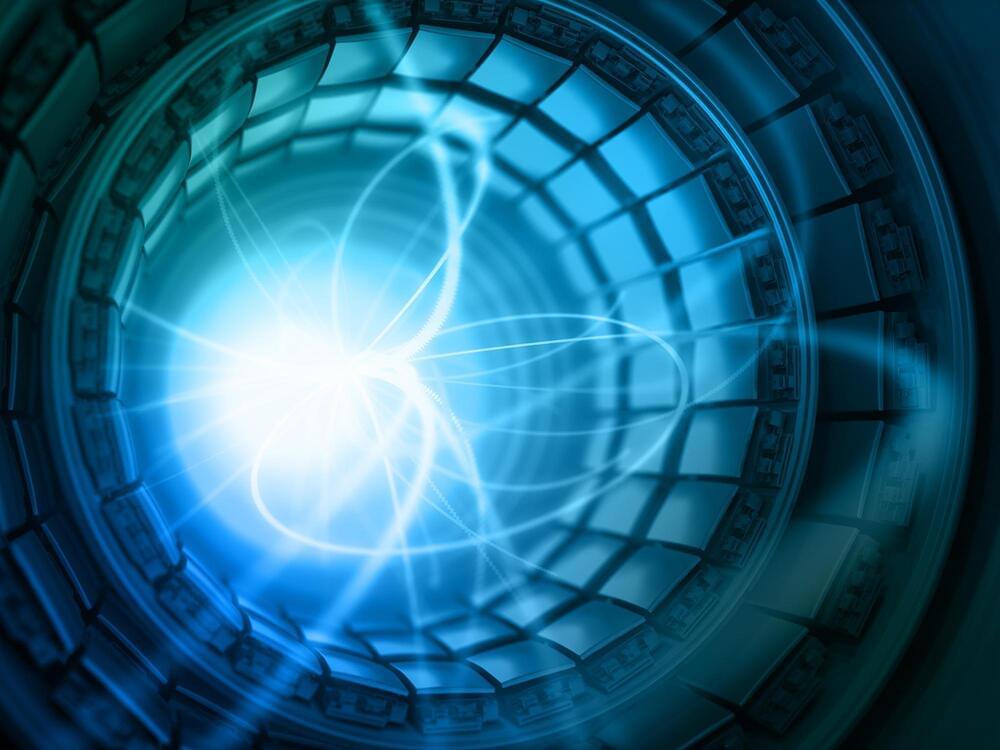
A temperature not seen since the first microsecond of the birth of the universe has been recreated by scientists, and they discovered that the event did not unfold quite the way they expected. The interaction of energy, matter, and the strong nuclear force in the ultra-hot experiments conducted at the Relativistic Heavy Ion Collider (RHIC) was thought to be well understood. However, a detailed investigation has revealed that physicists are missing something in their model of how the universe works. A recent paper detailing the findings appears in the journal Physical Review Letters.
“It’s the things you weren’t expecting that are really trying to tell you something in science,” says Steven Manly, associate professor of physics and astronomy at the University of Rochester and co-author of the paper. “The basic nature of the interactions within the hot, dense medium, or at least the manifestation of it, changes depending on the angle at which it’s viewed. We don’t know why. We’ve been handed some new pieces to the puzzle and we’re just trying to figure out how this new picture fits together.”
“They said, ‘This can’t be. You’re violating boost invariance.’ But we’ve gone over our results for more than a year, and it checks out.” —
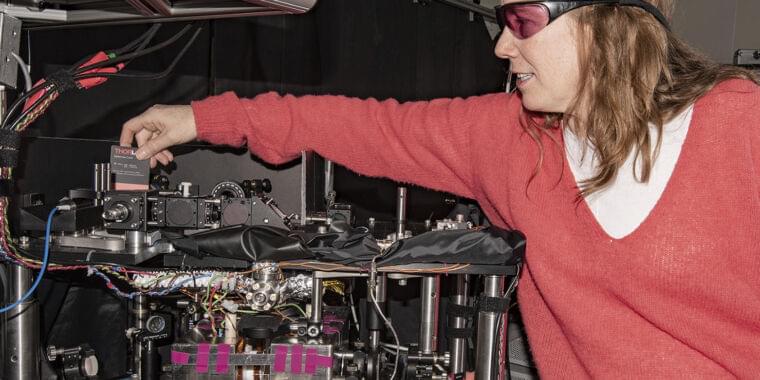
A team of researchers from France has developed the first three-directional hybrid quantum inertial sensor, which can measure acceleration without using satellite signals. At the heart of this breakthrough device is something called “matter wave interferometry,” which uses two distinct characteristics of quantum mechanics: wave-particle duality and superposition.
In the cloud
The device consists of a cloud of rubidium atoms that are cooled to temperatures nearing absolute zero. The atoms are placed in a vacuum and are in free fall due to gravity.
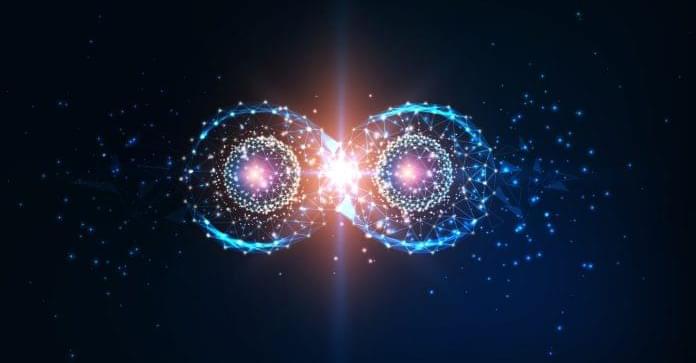
Scientists are trying to work out if a strange new particle, dubbed a “ghost particle”, has been detected at CERN’s Large Hadron Collider (LHC) in Switzerland.
Using the Compact Muon Solenoid (CMS) instrument on the particle accelerator, the team said they had seen a signal that could be a particle that’s twice the mass of a carbon atom. But as the particle does not fit known theories, it could cause a bit of a stir if it exists. Their findings, which have not yet been peer-reviewed, are available on arXiv.
“I’d say theorists are excited and experimentalists are very skeptical,” Alexandre Nikitenko, a theorist on the CMS team who worked on the data, told The Guardian. “As a physicist I must be very critical, but as the author of this analysis I must have some optimism too.”